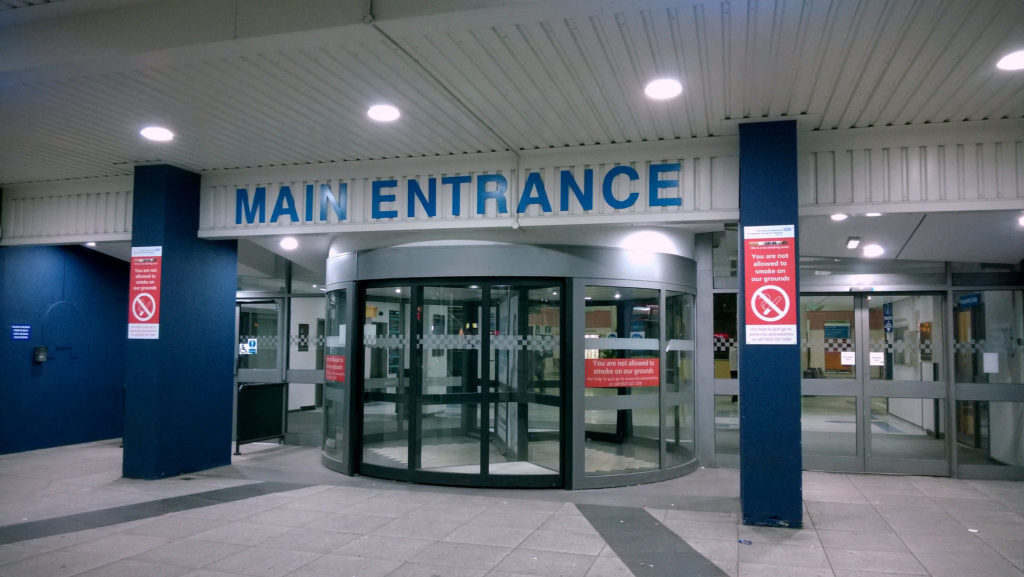Accountable care organizations (ACOs) are designed to save money by fostering cooperation: By working together, providers across the health care continuum can hopefully save Medicare money and boost quality. But the largest share of the savings may simply come from shifting patients out of skilled nursing and home health settings, a new study suggests—and not on cross-site teamwork.
A team of researchers from Harvard Medical School set out to test that key underlying principle of ACOs, specifically by evaluating if coordinated care kept high-risk patients out of the hospital, thus leading to savings. Focusing specifically on the Medicare Shared Savings Program (MSSP), a leading ACO model, they found that while savings declined overall, a reduction in hospitalizations wasn’t the key—and, in some cases, the plan backfired.
“By 2014, participation in the MSSP was associated with significant reductions in total Medicare fee-for-service spending for ACO patients but with proportionately smaller reductions in hospitalizations and some increases in hospitalizations for ambulatory care,” researchers wrote in the study, which appears in the December issue of Health Affairs.
Previous studies, the authors wrote, determined that ACOs reduced per-patient Medicare savings simply by discouraging the use of SNFs, home health care providers and other inpatient health care facilities, which they deemed “overused.”
Between 2013 and 2015, ACOs slashed spending by a total of $1 billion, according to an August report from the Department of Health and Human Services’ (HHS) Office of the Inspector General (OIG). A significant chunk of that cash did indeed come from home health, with spending per beneficiary dropping $198 from 2010 to 2015; while settings such as inpatient hospitals and skilled nursing facilities saw the greatest cuts, home health ranked ahead of durable medical equipment and hospice care in terms of overall savings.
But the authors also noted that it could, hypothetically, take time for ACOs to develop effective coordination strategies, with data from earlier years potentially skewing the overall results. By comparing data for Medicare fee-for-service beneficiaries enrolled in ACOs and non-ACO plans from 2009 and 2014, the team sought to determine whether the earlier studies were simply evidence of growing pains.
The group found no consistent association between participation in the MSSP and reduced hospitalizations for ambulatory care-sensitive conditions—and, in fact, those admissions increased among those who entered MSSPs in 2012 and 2014.
“These findings are consistent with care coordination and management efforts, on average, either having minimal effects on the risk of hospitalization, or acting to increase the use of inpatient care by improving access and filling gaps in care for high-needs patients,” the authors wrote.
As a result, the authors called on policymakers to emphasize patient experience and quality assessments, speculating that these metrics could provide a more accurate appraisal of ACOs’ impact, and developing separate improvement strategies for cost savings and quality improvement.
“In general, our findings are consistent with the notion that strategies to improve quality may be more distinct from strategies to lower spending than descriptions of the ACO model would suggest,” they concluded.
Written by Alex Spanko




